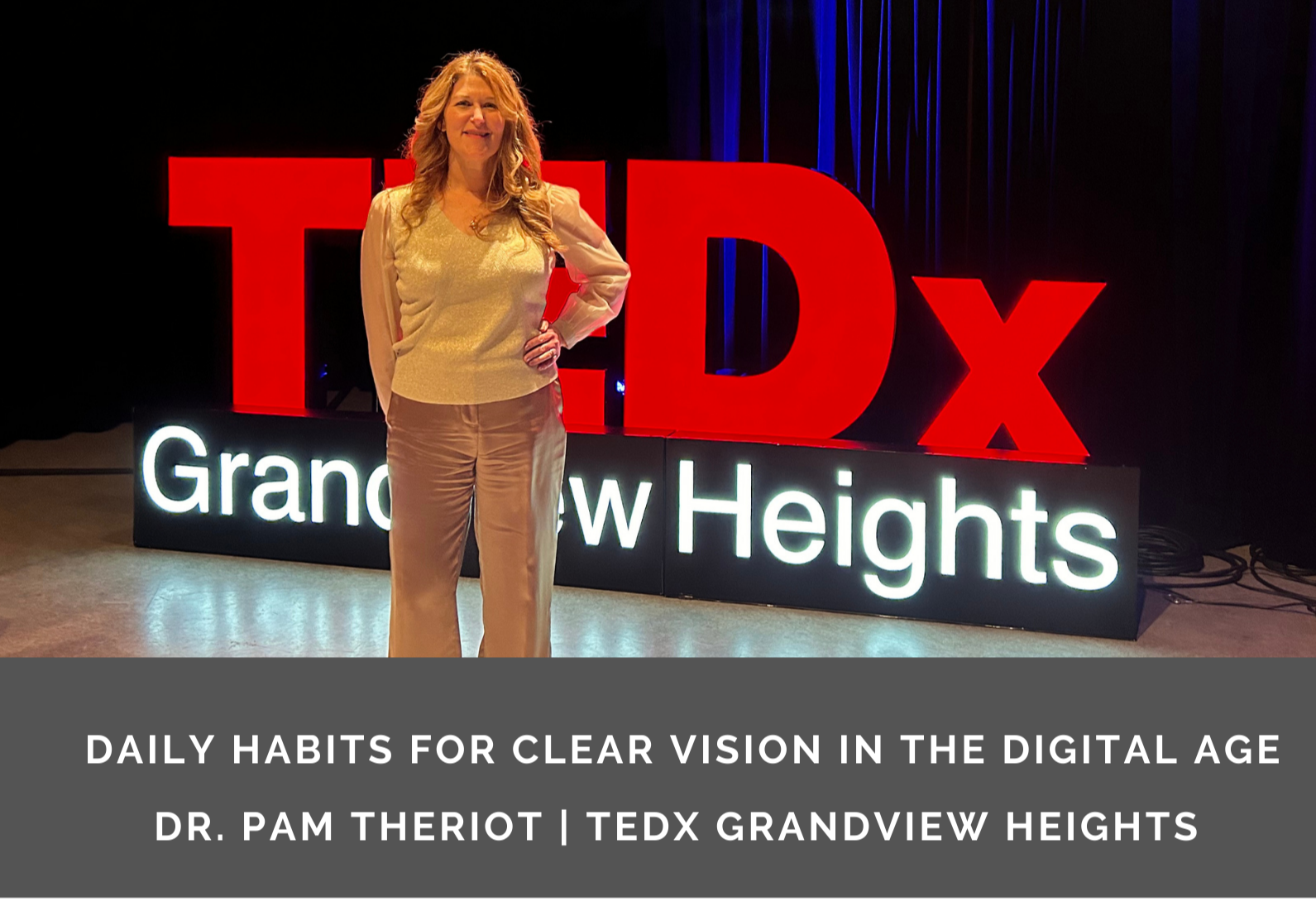#189: 5 Eye Care Myths Busted by the TFOS Lifestyle Reports
In 2021, I was invited to serve as a member of the Public Awareness Committee for the TFOS Lifestyle Workshop. This is a global initiative where doctors, scientists, and researchers come together to gather information and make recommendations. The purpose of the Tear Film and Ocular Surface Society’s newest workshop was to produce evidence-based education about the lifestyle choices patients are making which cause ocular surface disease.
The purpose of these TFOS workshops is to gather the known evidence-based research and compile it. This helps to gather a consensus from research to help guide treatment protocols. It also answers questions about disease progression and uncovers areas that have not yet been fully researched. In fact, each subcommittee report has a section to suggest where additional research still needs to be conducted.
Recently, the head of each of the eight subcommittees presented a summary of their findings in a 10-to-20-minute session. I am so excited to share with you five things that shocked me when I heard them in this report.
Myth #1) Blue light glasses reduce eye strain
The TFOS Lifestyle Workshop uncovered that blue light glasses do not reduce eye strain. In the evidence-based report, it was found that there is no link between blue light blocking glasses and a reduction in eye strain.
They did find, however, that blinking could help with eye strain and dry eye symptoms. While you are on the computer, take breaks and blink purposefully. Blinking squeezes the meibomian glands that live in your eyelids and allow the oils to come out and coat the front surface of your eye. The oils cushion your tears and protect your eyes from drying out.
Blue light blocking glasses had no effect on symptoms of dryness. However, they do block rays that would stimulate your body's natural circadian rhythm. Too much blue light near bedtime will disrupt sleep. Read all about the affects of blue light on your sleep in this blog.
If you would like more tips on how to get your digital environment on point for eye strain relief, check out this guide.

Myth #2) Drinking More Water Reduces Dry Eye Symptoms
Increasing water consumption does not improve your dry eye symptoms. Drinking more water does not lead to increased tear production.
The report did find, however, that increased alcohol consumption would increase the levels of tear osmolarity. That means that there were more components in the tears and less water. This can lead to cause inflammation and additional dry eye symptoms. But, drinking additional water was not shown to reduce dry eye symptoms.
Myth #3) Tea Tree Oil is a beneficial ingredient in your eye care products
Tea tree oil is a common ingredient in makeup removers and cleansers used around the eyes. However, research has shown that it is toxic to the front surface of your eyes. The oil glands that live in your eyelids are delicate structures. Tea tree oil can kill these cells and cause damage to the oil glands. Tea tree oil based products must be used with caution and should not be left on the eyelids for extended periods of time.
Myth #4) Allergy sufferers should not use contact lenses
The research found that contact lenses may have a protective effect against allergies. There is a new contact lens produced by Johnson and Johnson, the makers of the Acuvue brand of lenses. The Acuvue Theravision lens contains ketotifen, an antihistamine. It is the first and only medication-releasing contact lens for patients who need vision correction and allergy eye itch relief. Your eyes will feel better during allergy season than they did without wearing contact lenses.

#5) Younger patients have more problems wearing contact lenses
You might assume that the older you are, the wiser you may be and the better contact lens where you might be. However, it was found that the age group that showed the least contact lens complications was the under 18 age group. Kids are better than adults at wearing contact lenses.
In fact, the age group who had the highest complication rate were the young adults. They tended to indulge in more risky behaviors like sleeping in their contact lenses or not disposing of their contact lenses on a schedule.
CONCLUSIONS
So there you have it. Five myths that you may have believed about eyecare that just aren't true. The tear film and Ocular Surface Society is committed to using evidence-based research to promote healthy eye care.
Let’s recap these busted myths here:
- Blue light blocking eye glasses do not reduce eye strain. However, I have several tips on how you can adjust your digital work environment to reduce digital discomfort. Check out the guide here.
- Drinking more water does not lead to an increase in tear production
- Tea tree oil based personal care products are not beneficial to the eyes
- Wearing contact lenses during allergy season may reduce symptoms more than non contact lens wearers
- Children have the lowest rates of contact lens complications
I can’t wait to see what the rest of the workshop report will uncover. I will be sure to keep you updated with the findings. For now, check out this guide and start relieving your digital eye stain today.


